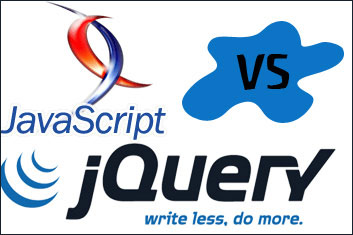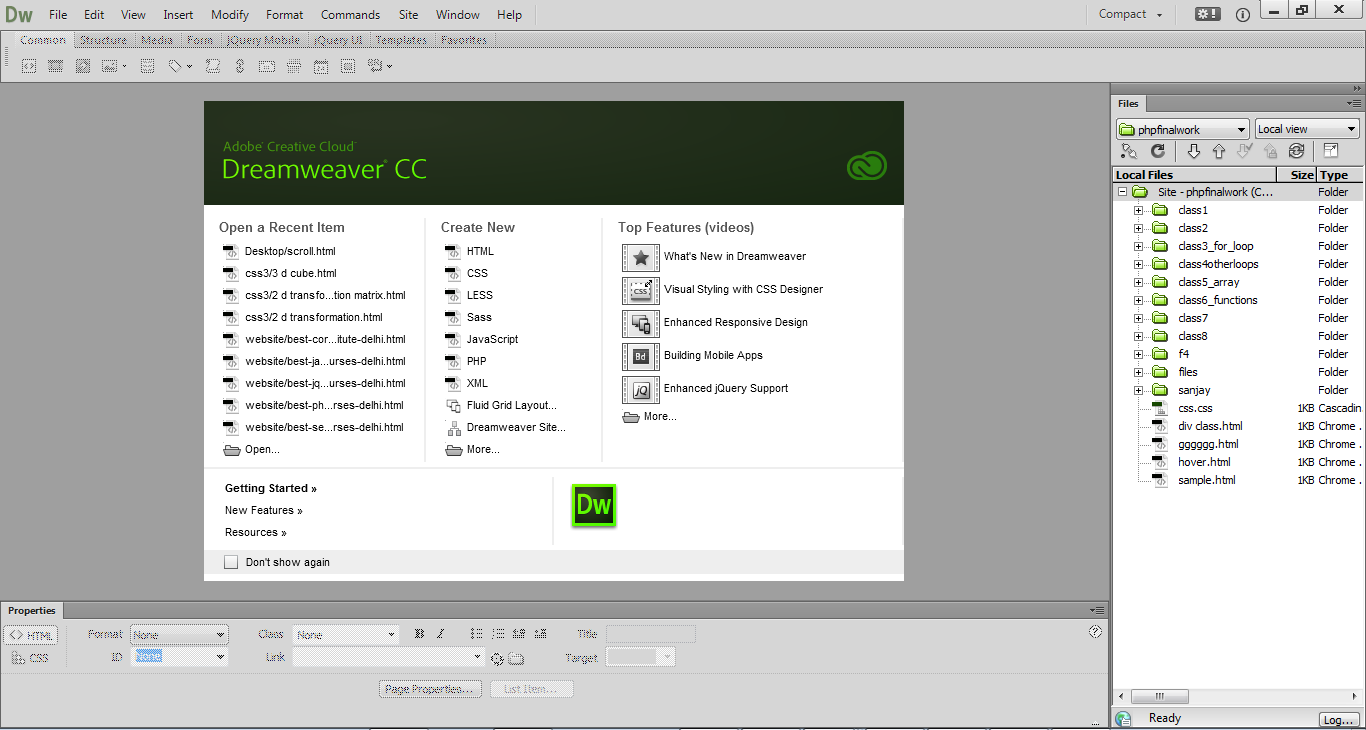JavaScript Courses – JavaScript Is Alternative to Flash for Website Development
With the swift increase of mobile gadgets as an increasingly common option means of accessing web content online, the proceeded use of Flash-based site material postures an increasing problem for web designers. In the not-too-distant past, site developers truly had no choice when developing interactive website material: if an image or aspect required any kind of kind of interactive animation, it usually had to be developed and shown utilizing Flash
Flash has for long been synonymous with website animation, and until simply a few years back, extremely couple of web developers would certainly have thought twice about utilizing it freely: whole websites were – and still are – developed utilizing Flash. The dominance of Flash on the web for developing computer animated material for websites ended up being force of habit for the majority of web designers, and almost every web browser that delivered on any type of computer had a Flash plugin mounted by default.
Regrettably, using Flash technology for integrating site material comes with a rate: it’s resource-intensive, and is a non-standard (proprietary) innovation. This simply really impacted a tiny minority of Net customers, whose selection of OS indicated needing to make do with a buggy or under-optimized Flash plugin, or none at all.
But these days, things are changing at a rather swift speed, and relying upon Flash material to make a website implies the expanding myriads of mobile web individuals accessing the Web without a Flash-equipped web browser just can’t see that content at all. Apparently easy things like Flash slideshows, while a widespread and integral part of website, merely don’t work for apple iphone and iPad individuals, among others.
Till just recently, web designers have actually had couple of alternatives at their disposal for managing this problem by supplying an alternate non-Flash web content: their choices have actually been typically restricted to offering alternating content like fixed photos for incompatible tools, or replacing Flash content with primary (and quite crude) computer animations utilizing alternative web modern technologies like javascript.
Somehow, we have Apple – and their Flash-free i-devices – to give thanks to for the speed at which designers have actually embraced alternate web modern technologies like Javascript, HTML5 and CSS, as a practical Flash alternative. Over the last couple of years, they’ve feverishly tweaked algorithms, fine-tuned libraries and styled page components to make animations and aesthetic results hitherto booked for proprietary web innovations like Flash.
Switching out Flash with conventional web modern technologies like Javascript to produce intricate aesthetic results for websites – like computer animations, changes and representations – indicates that web content is accessible to website prospects separately of their choice of operating device, web browser or device, whilst still giving the required performance and interactivity.
Javascript slideshows: an instance for an actual choice to Flash.
It’s all effectively and great to chat modern technology, and there’s no denying that – theoretically at least – Javascript (with a little help from HTML5 and CSS3) should be able to produce fairly good results with animating site content, producing a result that measures up to Flash.
In the “real world” (aka on actual websites), web developers are confirming time and again that this theory is well started. They’re significantly looking to universally accessible content to guarantee their sites leave – and function – similarly, from device to device, and from browser to web browser.
Their accepting of Javascript to create device-independent animations – from simply interactive components like slideshows to intricate ones like games – is going a long way to tiding over between the past and future of on the internet content. Exactly what was when seen by innovation titans as an Eldorado, basing their business approach on the hope of dominating the web via the sale and licensing of exclusive modern technologies like Flash, is ultimately coming to be the open, standards-based environment where also the little guys (from small technician companies to graduate programmers) enter on an equal opportunity.
The shift back to – or possibly instead, the acceptance of – the Net as an around the world network, based on open and universal criteria, is well in progress: even Microsoft has actually lastly chosen to reorient its web browser innovation towards web requirements, after greater than a years of trying to go it alone. Simple, tiny advances, like the replacement of Flash-based slideshows with practical Javascript alternatives, belongs of this giant leap to an Internet obtainable to every person, and from any type of device.






